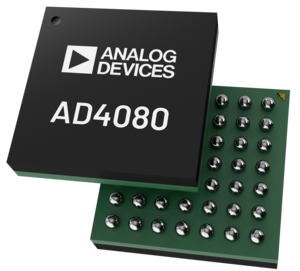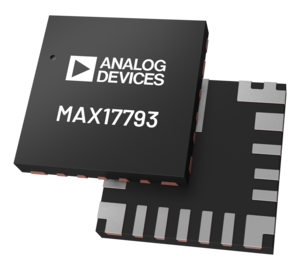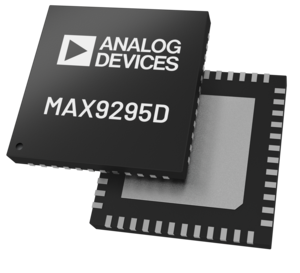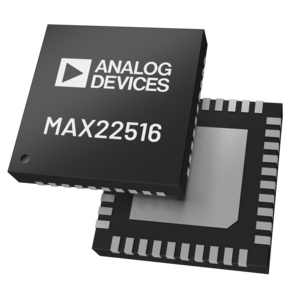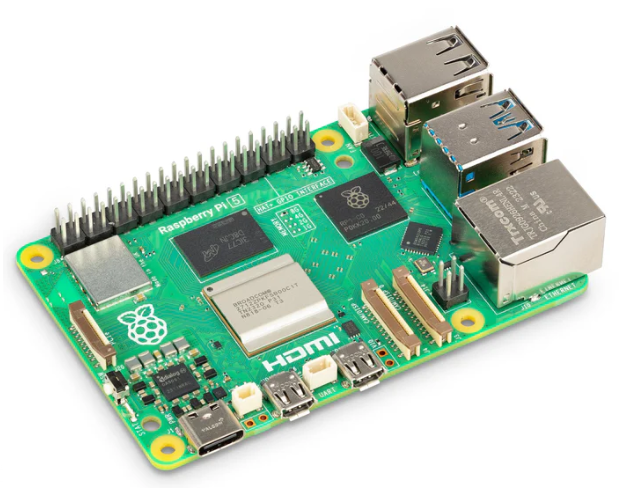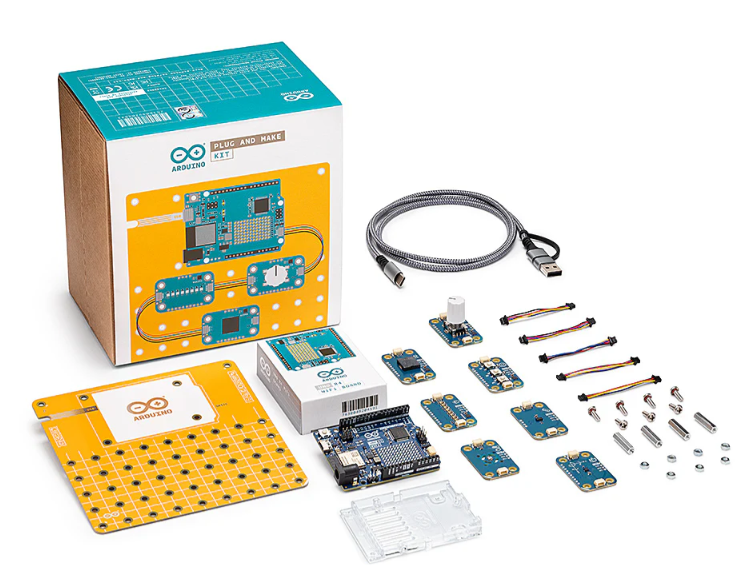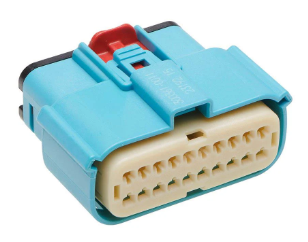 Artificial Intelligence
Artificial Intelligence
3D surround sensing
Josef Stockinger, Sr. Technical Marketing Manager, ADAS, STMicroelectronics, dispels some myths around the current expectations of autonomous driving.
Moving closer to autonomous driving
Staying in lane, parking, driving in traffic jams - the latest ADAS (Advanced Driver Assistance Systems) can already do it all. However, there are few challenges to overcome before autonomous driving becomes a reality. Tamara Drexler, Assistant & Product Manager Automotive Business Unit at RUTRONIK explains.
Can AI promote the well-being of Finnish entrepreneurs?
Tieto’s aim is to make the future more intelligent with data. Now the company is teaming up with Elo Mutual Pension Insurance Company to help entrepreneurs flourish and maintain balance in their working life – with the help of Artificial Intelligence, for example.
The wheels on the bus go round and round, safely
Volvo Buses is taking steps to reduce the 1.25 million annual road traffic deaths by unveiling a pedestrian and cyclist detection system. “Accidents involving buses and unprotected road-users seldom occur, but when they do the consequences may be very serious.
IP solutions address requirements for ADAS
Cadence Design Systems has announced a broad portfolio of Cadence interface and Denali memory IP solutions for automotive applications supporting TSMC’s 16nm FinFET Compact (16FFC) process. By offering a wide array of IP using TSMC’s 16FFC process, Cadence is enabling automotive customers to accelerate time to market while gaining the benefits of TSMC’s most advanced process technology used in automotive applications.
Video solutions for the transport sector
MOBOTIX and Advantech will be providing integrated intelligent solutions for video surveillance and applications in the transport sector. Advantech is a global provider of industrial and embedded automation solutions, which will use MOBOTIX cameras for video applications in public transportation services, emergency services vehicles and the transportation of goods. Such as counting the number of passengers, heat mapping and crowd management.
Second generation automotive cockpit technology demonstrator
Unveiling AllView II, its second generation automotive cockpit technology is Luxoft Holding. AllView II is designed to showcase the look-and-feel of Luxoft’s vision of the future for in-vehicle user interaction concepts and driving experiences in the emerging era of autonomous driving, the connected car, and the automotive Internet of Things (IoT).
360° birds-eye image quality for advanced driver assistance systems
A provider of innovative power management and precision analogue solutions, Intersil, has announced the industry’s first four-channel analogue video decoder with MIPI-CSI2 output interface that supports the latest generation of SOCs and application processors used in automotive around view systems.
Continental and Bosch lead automotive ADAS vendor share ranking
Ahead of Bosch and Autoliv, Continental was the leading vendor of electronics for automotive ADAS in 2015. Collectively the top ten vendors accounted for almost 90% of the ADAS market.
Enhancing ADAS and infotainment applications
The automotive product portfolio from Lattice Semiconductor Corporation has been expanded with the introduction of the ECP5 and CrossLink programmable devices tailored specifically for interface bridging applications.


